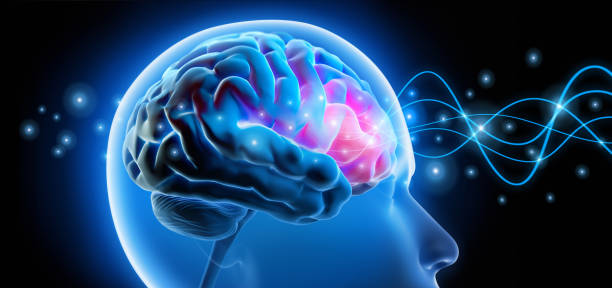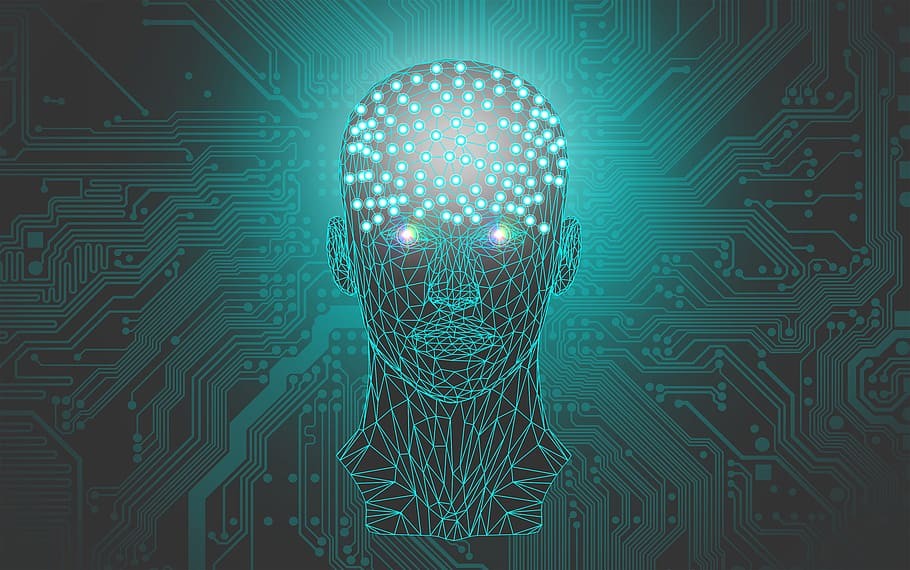Happiness is one of the most profound pursuits of human life. Across cultures, ages, and societies, people have always searched for that elusive sense of joy, contentment, and meaning. From ancient philosophers pondering the good life to modern scientists measuring brain activity, the question remains the same: What truly makes us happy?
In recent decades, science has made remarkable strides in unraveling the mysteries of happiness. Neuroscience, psychology, and even genetics have joined forces to understand what drives well-being. What researchers have discovered is both inspiring and humbling: happiness is not just about wealth or success, but a complex interplay of biology, behavior, and environment.
Here, we will explore 15 of the best, most scientifically grounded ways happiness can be explained. These insights do not just tell us what happiness is—they also give us powerful clues about how we can cultivate it in our own lives.
1. The Brain’s Chemistry of Joy
Happiness begins in the brain. Neurochemicals like dopamine, serotonin, oxytocin, and endorphins are often called the “happiness chemicals” because of their role in shaping our moods and emotions.
- Dopamine fuels motivation and reward, creating the sense of pleasure when we achieve a goal.
- Serotonin stabilizes mood and promotes feelings of calm and satisfaction.
- Oxytocin deepens social bonds, often released during hugs, love, or trust-building moments.
- Endorphins act as natural painkillers, producing euphoria during exercise or laughter.
Science shows that these chemicals don’t act in isolation but in harmony, creating the complex experience we call happiness. This means that happiness is not just a state of mind—it is a biological orchestra playing within us.
2. Genetics and the Happiness Set Point
Research suggests that a significant portion of happiness is genetically influenced. Twin studies indicate that about 40–50% of happiness may be tied to inherited traits. This doesn’t mean happiness is predetermined, but rather that some people are naturally more inclined toward optimism or resilience.
This concept is known as the happiness set point—a baseline level of well-being to which people often return, even after major life events. Winning the lottery or facing a setback may temporarily change happiness, but most individuals eventually return to their set point.
Science tells us that while genetics influence happiness, they don’t seal our fate. Environment, choices, and habits still play a massive role in shaping lasting joy.
3. The Role of Positive Relationships
Humans are profoundly social beings, and relationships are among the strongest predictors of happiness. Decades of research, including the famous Harvard Study of Adult Development, show that people with close, supportive relationships live longer, healthier, and happier lives.
Friendship, love, and community provide emotional security and reduce stress. The brain releases oxytocin when we connect with others, deepening trust and empathy. Loneliness, on the other hand, is linked to anxiety, depression, and even shortened lifespan.
In short, science confirms what our hearts already know: happiness is magnified when it is shared.
4. Flow and the Joy of Immersion
Psychologist Mihály Csíkszentmihályi introduced the concept of flow—a state of complete absorption in a meaningful task. Whether it’s painting, writing, playing music, or even solving a challenging problem, flow creates a sense of timeless joy.
During flow, the brain’s prefrontal cortex temporarily quiets, silencing inner critics and worries. Dopamine surges, enhancing focus and motivation. People often report feeling their most alive and authentic in these moments.
Science explains that happiness doesn’t just come from relaxation but also from deep engagement—when our skills meet our passions.
5. Gratitude and the Science of Appreciation
Practicing gratitude is one of the simplest, yet most powerful, ways to boost happiness. Neuroscientific studies show that gratitude activates brain regions associated with reward and empathy, increasing dopamine and serotonin levels.
Regular gratitude practices—like keeping a journal or expressing thanks—rewire the brain to focus on positives rather than negatives. Over time, this shifts perspective, reducing stress and fostering resilience.
Science reveals that gratitude is not just good manners—it is a psychological tool that rewires the brain for lasting joy.
6. Altruism and the Helper’s High
Helping others is not only good for society; it’s good for us. Studies show that altruism—whether through volunteering, donating, or acts of kindness—triggers what’s known as the helper’s high. This surge of endorphins and oxytocin creates feelings of warmth and satisfaction.
Brain imaging reveals that altruistic acts activate reward centers in the brain, similar to those stimulated by food or pleasure. People who engage in consistent acts of kindness often report higher levels of happiness and lower levels of depression.
Science confirms: giving is one of the most powerful ways to receive happiness.
7. Nature and the Healing Power of Green Spaces
Spending time in nature has profound effects on happiness. Research shows that even a short walk in the park can lower cortisol (the stress hormone), reduce anxiety, and increase feelings of well-being.
Theories like biophilia suggest that humans are evolutionarily wired to find peace in natural environments. Exposure to greenery improves attention, creativity, and even immune function. Japanese “forest bathing” (shinrin-yoku) has become a scientifically validated practice for enhancing mood and health.
Science explains that nature is not just beautiful—it’s medicine for the soul.
8. Purpose and the Meaning of Life
Happiness isn’t just about pleasure—it’s also about purpose. Research shows that people who feel their lives have meaning report greater satisfaction, resilience, and even physical health.
Purpose activates the brain’s reward systems and strengthens neural pathways related to motivation. It gives us reasons to persist through challenges and creates a sense of belonging to something larger than ourselves.
Science confirms that happiness thrives not in fleeting pleasures but in the pursuit of meaning.
9. Exercise and the Joyful Body
Physical activity is a natural happiness booster. Exercise releases endorphins, dopamine, and serotonin, creating what many call a “runner’s high.” But the benefits go deeper: regular activity improves sleep, reduces stress, and strengthens the brain against depression and anxiety.
Even moderate movement—like walking, dancing, or yoga—has measurable effects on well-being. Studies show that just 30 minutes of daily exercise can significantly elevate mood.
Science shows that the body and mind are inseparable, and a healthy body is one of the strongest foundations for happiness.
10. Sleep and Emotional Balance
Sleep is often overlooked, yet it is essential for happiness. During sleep, the brain consolidates memories, processes emotions, and resets chemical balances. Lack of sleep disrupts serotonin and dopamine, making us irritable, anxious, and prone to negative thoughts.
Studies reveal that people who consistently get 7–9 hours of quality sleep report higher happiness and life satisfaction. Good sleep strengthens resilience, enhances creativity, and reduces the risk of depression.
Science reminds us that happiness begins each night, in the quiet rest that restores both body and mind.
11. Mindfulness and the Science of Presence
Mindfulness—the practice of being fully present in the moment—has gained enormous scientific attention. Studies using brain imaging show that mindfulness reduces activity in the brain’s “default mode network,” which is linked to rumination and worry.
Practicing mindfulness meditation lowers stress, increases emotional regulation, and improves self-awareness. It strengthens brain regions associated with compassion and empathy, enhancing overall well-being.
Science explains that happiness often slips through our fingers not because it is absent, but because we are too distracted to notice it. Mindfulness helps us catch it.
12. Resilience and the Power of Adversity
Science shows that happiness is not the absence of hardship but the ability to bounce back from it. Resilience—the capacity to adapt to challenges—protects mental health and fosters long-term well-being.
Studies reveal that resilient people reframe difficulties as opportunities for growth, using optimism and problem-solving to navigate stress. Resilience strengthens brain circuits involved in emotional regulation, helping people return to their happiness set point more quickly.
This means that happiness is not fragile—it can grow even in the cracks of adversity.
13. Creativity and the Spark of Expression
Engaging in creative activities—painting, writing, music, or even problem-solving—provides a unique pathway to happiness. Creativity activates dopamine pathways, offering joy similar to achieving goals. It also creates flow states, reducing stress and fostering self-expression.
Science suggests that creativity is deeply tied to meaning, as it allows us to transform inner experiences into tangible form. This act of creation enhances self-esteem and deepens satisfaction.
Happiness, science shows, is often born in the spark of imagination.
14. The Science of Anticipation and Hope
Interestingly, happiness is not just about the present—it also comes from anticipation of the future. Studies reveal that looking forward to positive events—like vacations, reunions, or personal goals—can boost happiness even more than the events themselves.
The brain releases dopamine during anticipation, energizing us with motivation and joy. This means that hope and optimism are not illusions but scientifically validated sources of happiness.
Science explains that happiness often begins long before the moment—it starts in the waiting.
15. Balance Between Pleasure and Purpose
Finally, science shows that the happiest lives balance hedonia (pleasure) with eudaimonia (meaning). Pursuing pleasure alone often leaves people unfulfilled, while pursuing only meaning can feel heavy without joy.
Research indicates that true happiness arises when we integrate both: enjoying life’s simple pleasures while also striving for goals and values that give our lives depth. This balance lights up both the brain’s reward systems and its motivational circuits, creating harmony between living well and living meaningfully.
Conclusion
Science reveals that happiness is not a single thing but a tapestry woven from biology, behavior, relationships, and purpose. It comes from brain chemistry, but also from gratitude. From exercise, but also from meaning. From helping others, but also from cherishing small moments.
The beauty of happiness is that, while partly shaped by genetics, much of it lies within our control. Through choices, habits, and perspective, we can nurture our own joy and share it with others.
At the intersection of science and spirit, happiness stands not as a mystery to be solved, but as a practice to be lived. And the best part? The science of happiness is not just about explaining joy—it’s about reminding us that we are capable of creating it every day.






